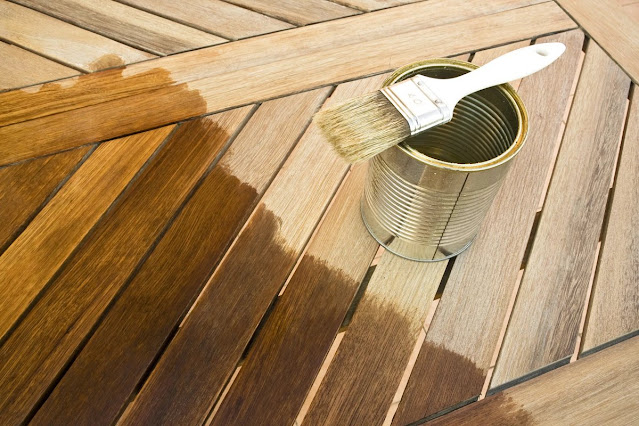Wood Preservatives Are Chemical Substances Which Are Used For Preventing Damage Or Wood Decay Caused By Several Pests

Wood Preservatives
Wood is an excellent material to use for many different
purposes, it can be damaged by various pests, especially termites and fungi. To
prolong the lifespan of the material, wood preservatives are often used.
Wood Preservatives provide protection against insects,
fungi, marine borers, bacteria and fire. They also improve the weathering
performance of wood.
A good wood preservative should protect timber against rot
and insect attack. It also helps reduce the risk of mold, mildew and fungal
attack.
Wood
Preservatives are available in a variety of forms,
from water-based treatments to solvent-based ones. Both types require
application, which generally involves brushing them atop the timber.
Solvent-based treatments use white spirit for delivering
preservative compounds into the wood. They are more odorous than water-based
wood preservers, whereas less harmful to humans and pets when dry.
The most common formulations contain organic fungicides such
as propiconazole and tebuconazole and synthetic pyrethroid insecticides such as
permethrin, bifenthrin and deltamethrin. These are effective against a wide
range of pests, including woodworm and fungi.
Over time, wood becomes susceptible to decay and the growth
of fungi. As a result, a number of different treatments are available to help
protect the wood.
One such treatment is a paste that contains a combination of
oil- and water-soluble chemicals, usually copper naphthenate and boron
compounds. This paste is applied to the surface, injected or placed into
drilled holes in the wood.
Another approach is to apply chemicals that move through the
wood, sometimes as gases, such as fumigants. These are effective against
established fungi, whereas they are less effective for new infestations.
Protection against marine borers is essential for timber
structures in coastal environments. These organisms can cause billions of
dollars in economic damage to structures around the world every year.
Traditionally, the only protection against marine borers
available was creosote treatment. This preservative is relatively effective
against most crustacean borers and has proven particularly effective in cold
water environments. However, in warmer waters, creosote treatment is largely
ineffective against many of the economically important wood borers.
Wood Preservatives are a broad category of chemical
substances that prevent and treat wood decay, mould and insect attack. They are
available as oil-borne, water-borne and solvent-based products. Some wood
preservatives are applied directly to wood by brush or spray, while others are
dipped into or soaked into wood. Other methods of treatment include charring,
applying to bored holes, diffusion processes and sap displacement.



Comments
Post a Comment